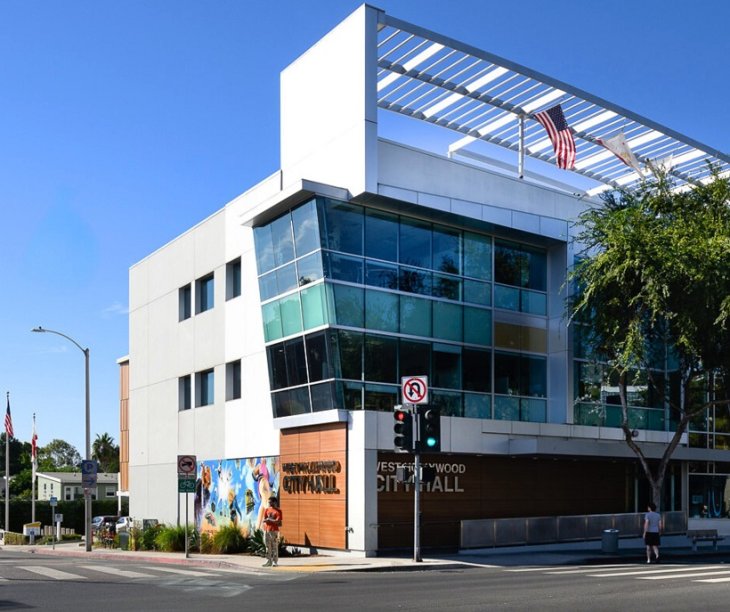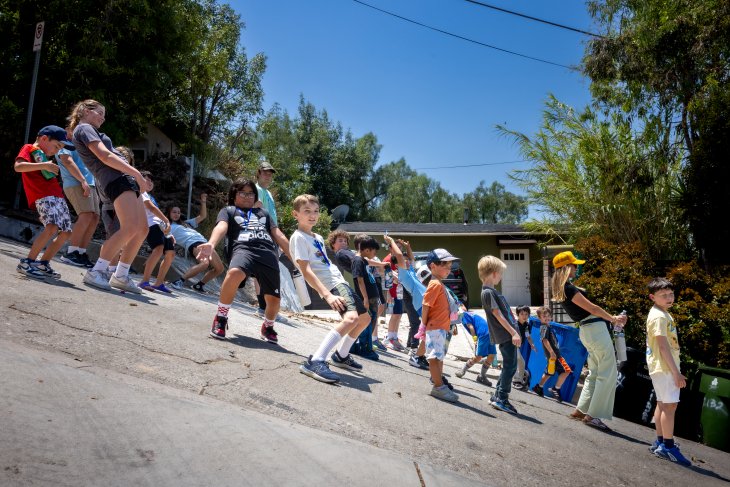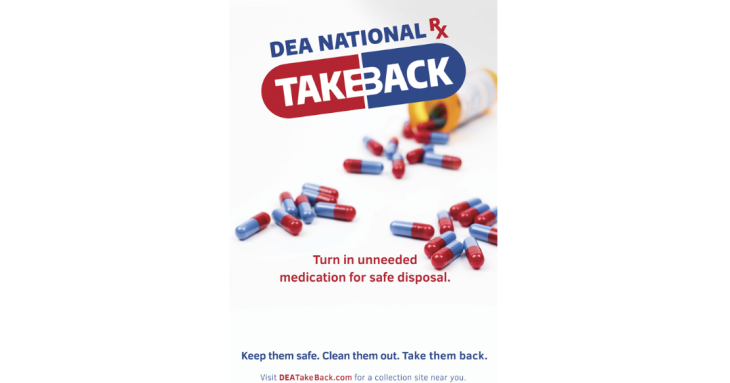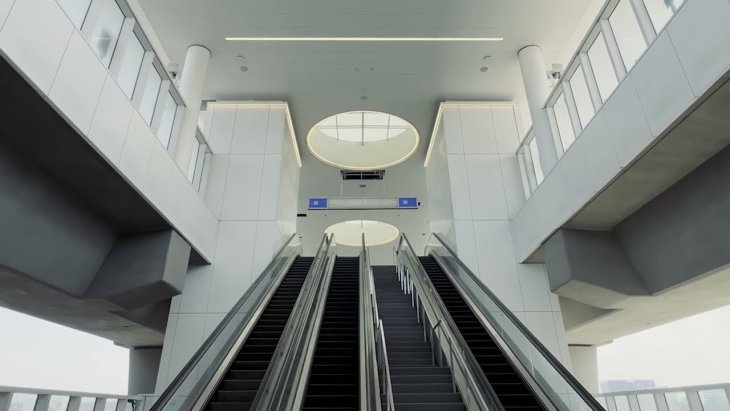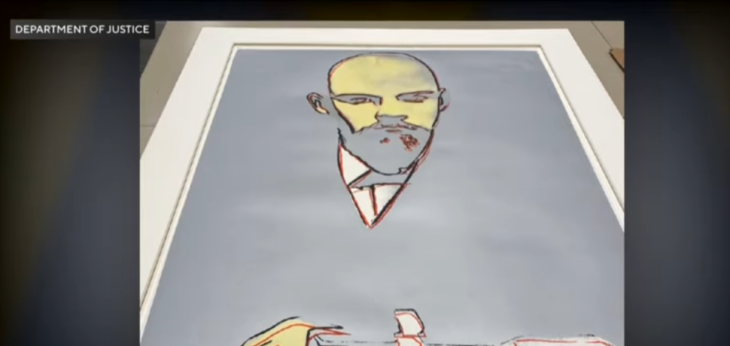L.A. Creek Freak
towards healthy Southern California streams, creeks, rivers and neighborhoods
� Public meeting 8/31 � Maintenance/impact to Sullivan Canyon�s streamControversies in Sullivan Canyon
By Joe Linton
Runners enjoying Sullivan Canyon – Photo Copyright 2009 by Mathew Tekulsky
By the time you read this, there will probably be a few less sycamore trees standing in Sullivan Canyon. The Southern California Gas Company (SoCal Gas) plans to begin work at 7am Tuesday September 1st on a project that they say is absolutely necessary to protect their pipelines running through the Sullivan Canyon Creek bed. The project includes re-establishing a dirt maintenance road that has become impassable.
Thanks to Jessica for alerting us Creek Freaks of this issue in yesterday�s post here, I headed west on Monday night to attend to a community meeting convened by westside elected officials and the Brentwood Community Council.
View Larger Map
In case you�re not familiar with the site, Sullivan Canyon is located on the south side of the Santa Monica Mountains just west of Mandeville Canyon, just east of Will Rogers State Park. It�s the west side of Brentwood, nearing Pacific Palisades. Sullivan intersects Sunset Boulevard at one of those canyon curves � about 2 miles west of the 405 Freeway. The canyon�s intermittent stream flows south into the Santa Monica Bay.
North of Sunset Blvd, the canyon is almost entirely undeveloped. The land has been owned by SoCal Gas since 1960. They run two natural gas pipelines through the streambed. The first was built in 1951, the second in 1965. There is a dirt road paralleling the stream that has been there since the 1930�s. Near Sunset Blvd. the unlined creek transitions to a concrete culvert at a County Flood Control Debris Basin built in 1969.
I�ve only been to Sullivan Canyon twice. The last time was in 2005 when I hiked it after visiting one of my favorite westside historic bridges (the 1928 Westridge Road Bridge, but that�s another story.) Sullivan is a very pleasant 10-mile roundtrip hike with lush lowlands and excellent panoramic ridgetop views of the L.A. basin.
SoCal Gas maintains their pipeline through the site, but they do it in a way that I might characterize as benign neglect. Their road becomes overgrown. Their buried pipeline becomes exposed in places. Nature takes over as she likes to when we give her half a chance. Due to this neglect, and the canyon�s proximity to nearby much more developed areas, Sullivan Canyon is a popular and well-loved site, frequented by mountain bikers and hikers. The Los Angeles County Bicycle Coalition�s Jen Klausner suggested that the neglect is actually the reason its so popular for mountain biking � the overgrown road is narrowed down to a singletrack, in contrast to most of the other area bike trails which are 10+foot wide fire roads.
Like most of our local mountain streams, Sullivan Canyon is pretty steep hence carries rapid large volume winter flows. These storms, apparently especially in the �devastating� 2006 wet season, do their job and erode portions of the streambed, which exposes SoCal Gas�s pipelines, making them vulnerable to rupture.
To undo this predictable healthy natural dynamic process damage, SoCal Gas made plans for an approximately $3M construction project to shore up its pipeline and to re-establish its dirt access road.
Technically, SoCal Gas sees the project is merely maintenance of their existing facility, hence they declared it was categorically exempt from full environmental review processes that would require more extensive public input processes.
Even without full environmental review, SoCal Gas did have to obtain an assortment of permits from various agencies, including the Los Angeles City Fire Department, the city Department of Public Works� Bureau of Engineering, the Los Angeles County Department of Public Works, the L.A. Regional Water Quality Control Board, the California Department of Fish and Game, the Mountains Recreation and Conservation Authority, and the Army Corps of Engineers. Only after obtaining their final permits, a week or so ago, did they decide to inform the community via this letter.
The project has two inital phases. The first phase is to fix the access road. It will be a 12-foot wide dirt road. The width reportedly needed in order to safely accomodate construction and maintenance vehicles. The road repairs include removing 31 native sycamore trees. Once the road is up to spec, the second phase will be to add riprap (boulders) and revetment mats (described and pictured below) to about 10 areas where erosion has exposed pipelines. Revetment mats are large (in this case 8′x12′) flexible concrete quilts � see the image below from Nilex.com.
A revetment mat being installed – Photo from product vendor Nilex
These mats (and the riprap) are designed to have gaps so as to allow water to seep down through them, and for plants to grow up through them. Unfortunately, as Jessica pointed out, they�re still going to alter the stream�s hydrology and adversely impact its habitat.
SoCal Gas� team conducted a bevvy of studies, which they state helped them arrive at their current plan, which they state is the alternative that best minimizes environmental impacts. Unfortunately they�re asking all of us to trust them on this because none of these studies has yet been made available to the public. The not-available studies are said to include a hydrology assessment, hydrology/hydraulics report, a comprehensive wetlands delineation, a cultural resource investigation, an alternatives analysis, a comprehensive mitigation plan, and a protected tree survey. (A few of the tree and water board documents have now posted by others at brentwoodblogged.)
It�s a little astonishing to me that, in the early 21st century where we have this fun communications tool called the web, a publicly-regulated utility could conduct around a dozen studies and obtain around a dozen permits and leave nearly no trace on the internet. I don�t necessarily think that they�re trying to cover up something… but it�s certainly not transparency. From tonight�s presentations, I actually think that SoCal Gas did a great deal of very earnest work to comply with environmental regulations… and may well have selected an alternative that is minimally damaging to the environment… but neither I nor the rest of the public can actually confirm this because they�re just asking us to take their word for it. SoCal Gas committed to putting their studies on line and notifying the Brentwood Community Council when they�re up.
As you might guess, the standing room only crowd of about 125 people weren�t all that happy about the project. The majority of negative comments were about the process. If SoCal Gas was planning this since 2006, why weren�t we told? In my experience, this is the worst kind of comment for a project proponent. It�s not that difficult to debate the merits/flaws/design of a given project… but there�s very little opening for meaningful dialog when someone declares something along the lines of �I oppose this project because I wasn�t notified about it.� This sort of objection flows from that lack of transparency mentioned above.
The possibilty of fire is another big concern. Residents told their experiences from the 1961 Bel-Air fire, accidentally started by a construction crew, which destroyed 500 homes. Also a concern was that SoCal Gas would repeat their mid-1990�s excessive dirt road widening in Sullivan, which residents stated looked �like preparation for a freeway.� Another common concern was road damage from heavy trucks using local streets… though my suspicion is that is likely much more attributable to heavy L.A. County trucks clearing out the debris basin each summer.
Personally (prompted by Jessica�s insights,) my biggest concern is that the pipelines are located in the wrong place. The SoCal Gas team stated that they evaluated the possibility of relocating the gas pipelines out of the creek�s way… but that they concluded that would be twice as expensive, and more environmentally harmful than the option they chose. I suspect that they�re correct if we�re looking at a short (say ~10-year) time frame… but I suspect that they�re wrong if we look at a 50-100+ year horizon. The maintenance that SoCal Gas is doing will treat the symptoms for now, but the dynamic creek system will keep on doing its job, and I predict that there will be a need to re-establish the road and drop a little more concrete into the creek every 10-15 years from now until oblivion. If SoCal Gas would bite the bullet and move the pipeline (perhaps bury it under the road?) I suspect it could be cheaper for them in the long run… and it would keep their interventions out of the creek bed, which, left undisturbed, will restore itself, thankyouverymuch. Perhaps the perpetual maintenance cycle SoCal Gas is engaging in will most directly benefit the job security of their crews. As long as SoCal Gas doesn�t actually fix the root of the problem, they�ll have plenty of work to do for many years to come. Sadly, what�s likely to happen over time is that the creek will continue to degrade little by little, and one of these years their expert team will decide to just pave it over once and for all.
The meeting ended with lots of empowered angry homeowners threatening to go to court to stop the project. One audience member declared �We�ll see who�s more powerful.�
The trucks will be lining up in a few hours… To be continued.
